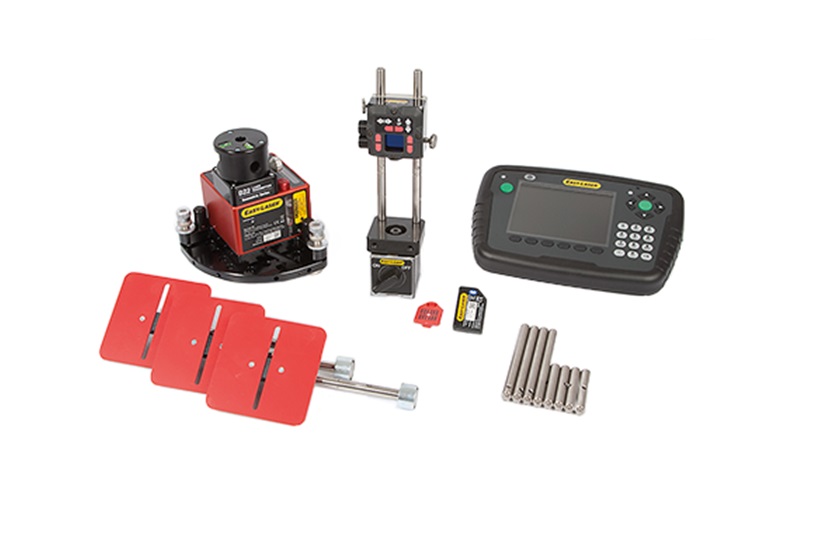Geometric precision is a crucial performance criterion for measuring devices and machine tools. When installing and repairing machines is extremely crucial. The equipment’s bed or foundation’s flatness and straightness affect how forces are distributed while it is in use. Therefore, any effective preventative maintenance programme should always include precision laser geometric alignment equipment. Geometric measurement technology, commonly referred to as geometric laser measurement instruments or metrology measuring tools has a very broad application in the industrial industry. These laser measuring equipment are required in particular industrial applications to measure machinery, foundations, and structures for confirmation or adjustment. To do this, we use geometry, a part of mathematics that examines the characteristics and connections between points, lines, surfaces, etc. Easy-Laser provides a large selection of high-precision laser measurement equipment that can make measurements such as straightness, level, flatness, square, plumb, parallel, etc., with an incredibly high degree of accuracy and precision. Therefore, you want to be sure that any new equipment you purchase, such as tsinfa machine tools, are the exact ones you require and are measured to the proper standards.
Precision Geometric Measures’ Significance
Verifying the size, shape, location, and relative alignment of the parts of your machine by geometric measurement or testing is important because each of these factors can negatively impact the equipment’s performance and production.
The measurements cover any process that can affect a machine component, such as planeness, parallelism, alignment, the intersection of axes, and the squareness of axes or planar surfaces. The mechanical performance and lifespan of your machine are directly impacted by the geometrical dimension and precision of the shaft parts, which also significantly negatively impact energy consumption and environmental pollutants.
Correctly measuring the geometry of your machine can help you maintain high-quality standards, keep your machinery working within predetermined tolerances, improve performance, and minimize downtime for machine misalignment and maintenance.
The Purpose of Using a Laser Measurement System
By maintaining everything within predetermined dimensions and tolerances and reducing waste, proper machine geometry helps satisfy quality standards. Older measurement techniques, such as using stones or dial gauges, are still appropriate even though modern machinery can be measured with a superior, far more efficient method thanks to laser technology.
You can complete your measurements and preparations fast, thanks to the ease of use and portability of laser measurement.
- Long-distance alignment and precision measurement are made feasible by laser technologies.
- Utilizing laser technology to measure the X and Y axes concurrently can help you save time.
- The laser beam will always offer an explicit and exact reference so that you can rely on it.
- When making adjustments, read and adhere to the alignment from any position.
- You can quickly transmit your results to your computing system and electronically document them.
- Comparing your results to ISO standards is simple.
- It may assess numerous qualities, including flatness, levelness, straightness, bearing condition, squareness, spindle pointing direction, and much more.
- Numerous devices can utilize laser measurement systems, including milling equipment, presses, boring equipment, lathes, and water cutting equipment.
The Accuracy Of Geometric Measurements Using Lasers
Traditional manual measurement techniques relied heavily on the technician or operator executing them. They required a lot of labour, were ineffective, and couldn’t guarantee correctness because there was a high likelihood of human error. A quick, low-cost, highly precise, and incredibly effective method of enhancing the alignment and operation of machinery in industrial applications has been made possible by the development of laser technology and the usage of sensors.
You can measure two axes simultaneously and accurately align over large distances using laser technology. One device with one pair of laser sensors can be used to perform checks for squareness, coaxiality, straightness, and spindle orientation.
You may automatically record your measurements using an intuitive user interface, store your data, and immediately compare it to ISO standards to assure compliance and safety. In addition, a laser geometric measurement instrument will give you total control over your machine’s installation, configuration, and continuing production, regardless of your operation.
Browse our wide range of geometric measurement tools for your specofic requirements!


